From Russia Insider

By Arkady Savitski
The US Department of Commerce has imposed restrictions on 12 Russian corporations that are “acting contrary to the national security or foreign policy interests of the US.” The notice has been published in the Federal Register. US corporations are banned from exporting dual-use goods to the sanctioned companies.
A closer look at the list makes one wonder. The companies under fire have no relation to defense production and have no ties at all with the Russian Ministry of Defense. None of them have signed any contracts with the military.
AeroComposite, part of Russia’s state-run United Aircraft Corporation, produces wings for the civilian MC-21 airliner, Aviadvigatel produces engines for military aviation, it has neither technology nor experience to get involved in defense projects, Divetechnoservice is a civilian diving equipment producer, Nilco Group deals in grain, oil products, steel, wood, port services, paper, electronic parts and cement.
It’s not the military the US aims at this time. The real target is Russian civil aviation, which is on the rise. It’s enough to remember that as soon as Aeroflot Company announced its plans to acquire 100 Superjet SSJ-100 airliners instead of American Boeings, the US Treasury said it was considering the possibility of introducing sanctions against the Russian company Sukhoi, allegedly because its combat planes may have been used in Syrian chemical attacks.
A closer look at the blacklist shows the US has sanctioned those who are involved in the production of civilian airliner Irkut MC-21. Aviadvigatel is to supply PD-14 and PD-35 engines, which cannot power combat planes. AeroComposite, a producer of composites, is responsible for the development and creation of the composite wing for the aircraft. The MC-21 will be the world’s first airliner with a capacity of more than 130 passengers to have composite-based wings. The estimated share of composites in the overall design is 40%. So far, the company has produced composite parts only for MC-21 and no other aircraft.
True, the share of Russia-produced components is growing. Russia belongs to the club of the chosen. There are few aviation engines and composite wings producers in the world. The US wants no competitors. The way to deal with the problem is a sanctions war waged under the pretext of fending off imaginary threats to national security instead of fair competition.
The US aims to strike the soft underbelly. Russia does buy some components for the MC-21’s black wing abroad. Black wing is specific revolutionary knowhow to radically enhance the aircraft’s performance and make the new plane attractive for foreign customers. The vacuum infusion technology used for mass production is a breakthrough achievement. The Irkut is the only aircraft in the world to combine a composite wing with a narrow-body. Today, only wide-body aircraft boast composite wings.
Russia-produced composite materials make the aircraft lighter and consequently cheaper. Carbon fiber and binders may be a problem if sanctions are in place. The US Commerce Department knows where to hit.
Engines are also a problem. Until now MC-21s have been powered by Pratt & Whitney engines. The PD-14 – the first new engine built in Russia since the Soviet Union’s break-up – is ready to take their place. It is 100 percent Russia-made. The PD-14 is going through tests with serial production expected to start this year. With PD-14 operational, MC-21 will have an advantage over the competitors – A320 and Boeing-737.
Avionics is where Russia is lagging behind. Progress is there but it’s still a weak point. The aircraft’s production depends on Rockwell Collins. Honeywell, UTC Aerospace Systems, Goodrich Corporation, Hamilton Sundstrand, Eaton, French Thales, British Meggitt, Swedish CTT System and Israeli Elbit - each of them exports components for the new Russian airliner.
It’s impossible to substitute all the imported parts in one fell swoop. The production of all the needed equipment in Russia will take time and effort. At the same time it would greatly spur the Russian airspace industry. Some components could be purchased in other countries, such as China, to give the industry time to meet the challenge. The worst outcome is a two-year delay in mass production of MC-21. It’s sad but Russia can live with that.
The other consequence – the US sanctions in place can scare customers away. That’s the main goal the US is pursuing. The message is “Don’t buy Russian even if it’s civilian products, be on the safe side.” With no demand on the world market, the project may not survive. This is the way to nip the Russian competitor in the bud.
The sanctions will also negatively impact the plans to build a Russia-Chinese wide-body airliner. Aviadvigatel is developing new engine specifically for this plane. Its PD-35 will have no analogues in the world. The project is the first and only challenge to the monopoly of Boeing and Airbus. Russia is the only competitor with experience of its own. The Soviet Union has built the Il-96, a four-engined long-haul wide-body airliner designed by Ilyushin. That’s why China joined Russia in the effort – it needs its expertise. The last thing the US wants is to see this project come into life. It praises free market until its monopoly is preserved. The emergence of competitors makes America forget its principles and shift to protectionist policy. International agreements and the rules of WTO become immediately forgotten. The Russia’s technological progress is met with punitive measures.
Forget about Crimea, Ukraine, Syria, the Skripal poisoning story and other things not even mentioned by President Trump in his address to the UN Security Council on September 27. The US uses pressure to eliminate competitors and do away with any hope for fair competition. Washington protects Boeing by resorting to the policy of twisting arms. On September 24, the EU, Russia, China and Iran met on the sidelines of the UN General Assembly to agree on introducing a special purpose vehicle (SPV) to counter US sanctions against Iran.
That’s the first and a very significant step to repel the US attacks. The EU, Russia, China and other nations face a common threat. They can unite and on their own rules while creating their own markets protected from American pressure with fair competition as the basic principle. If the US wants to be isolated, let it. It’s free to choose its fate but so are others. The time has come to teach the bully a lesson.
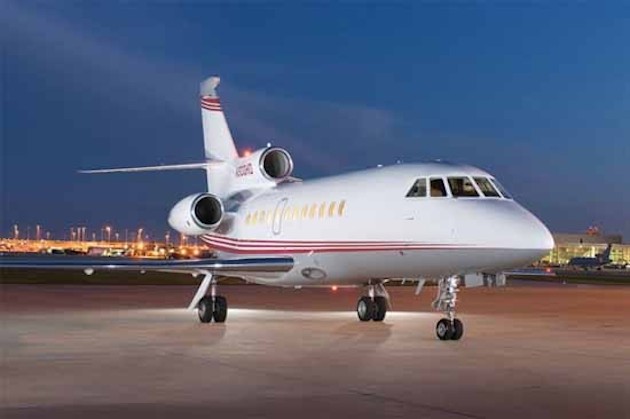

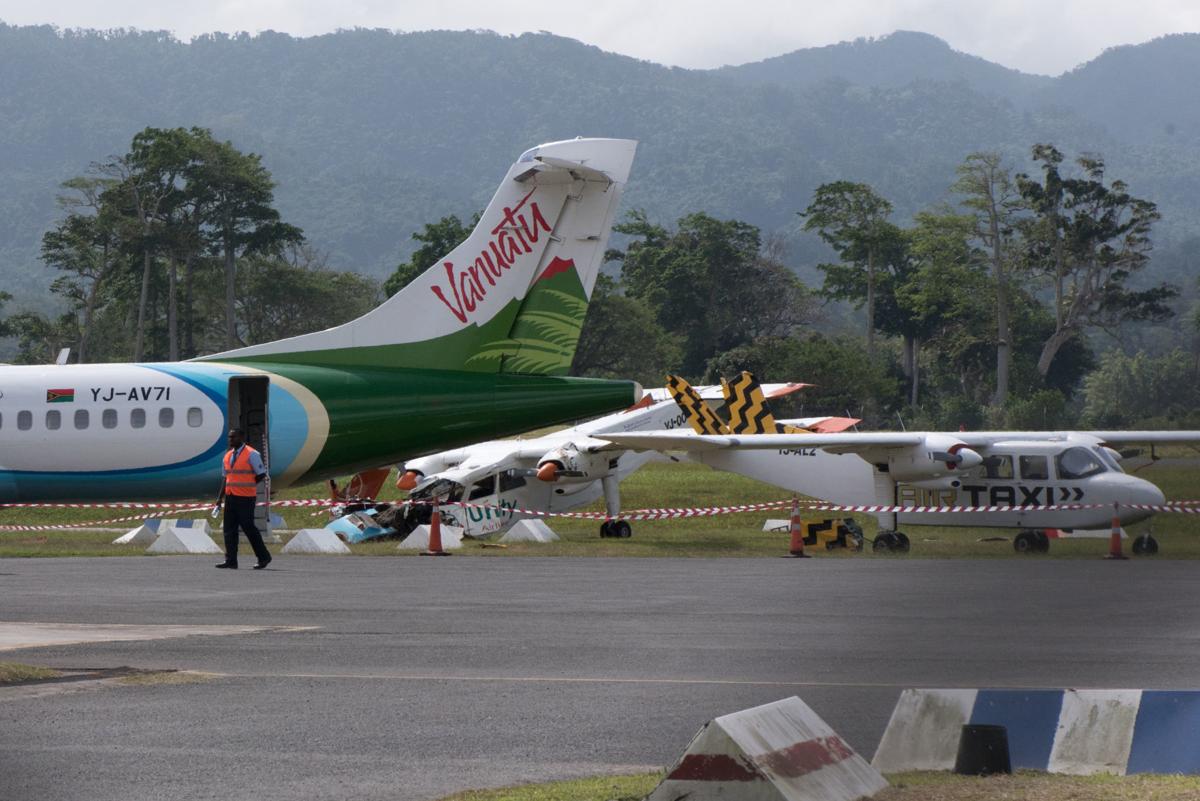


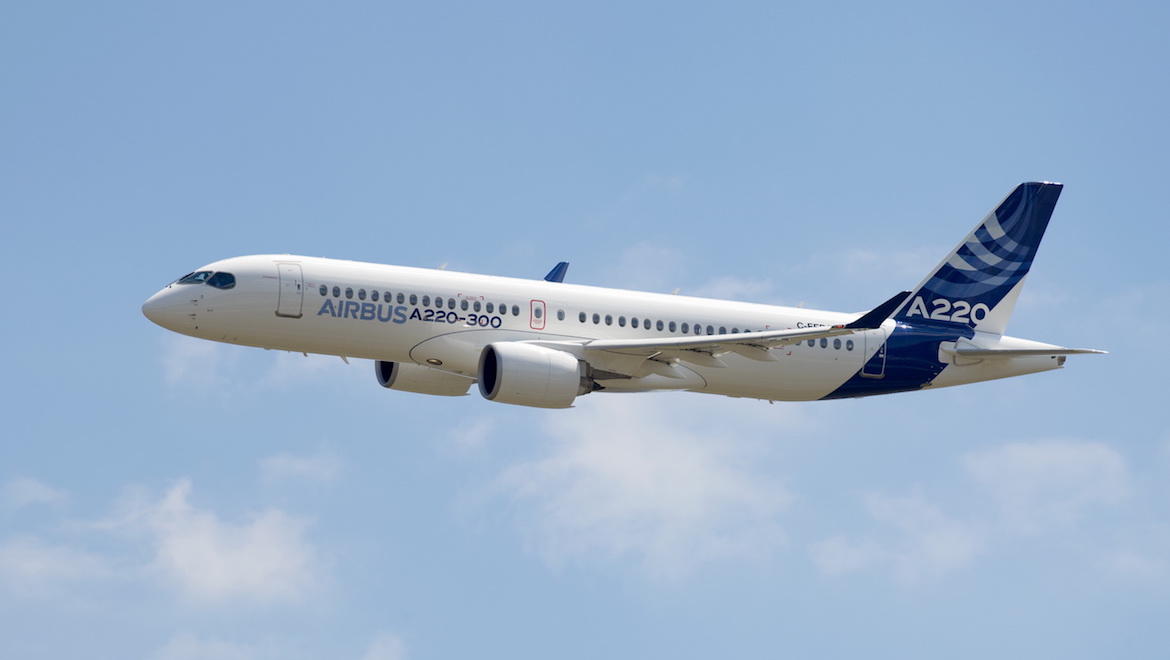
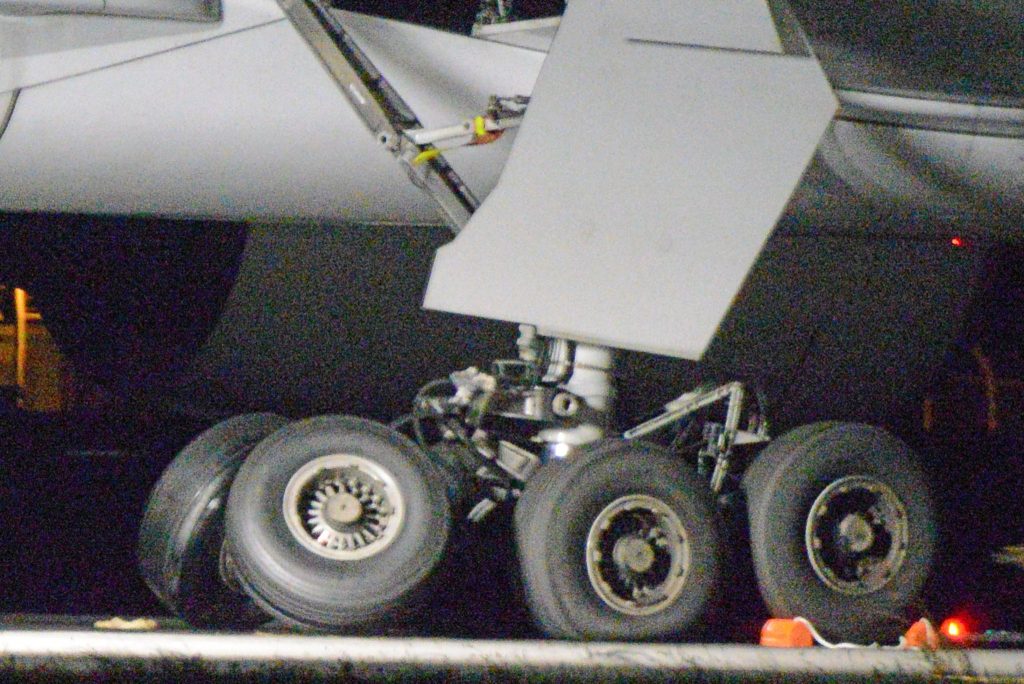


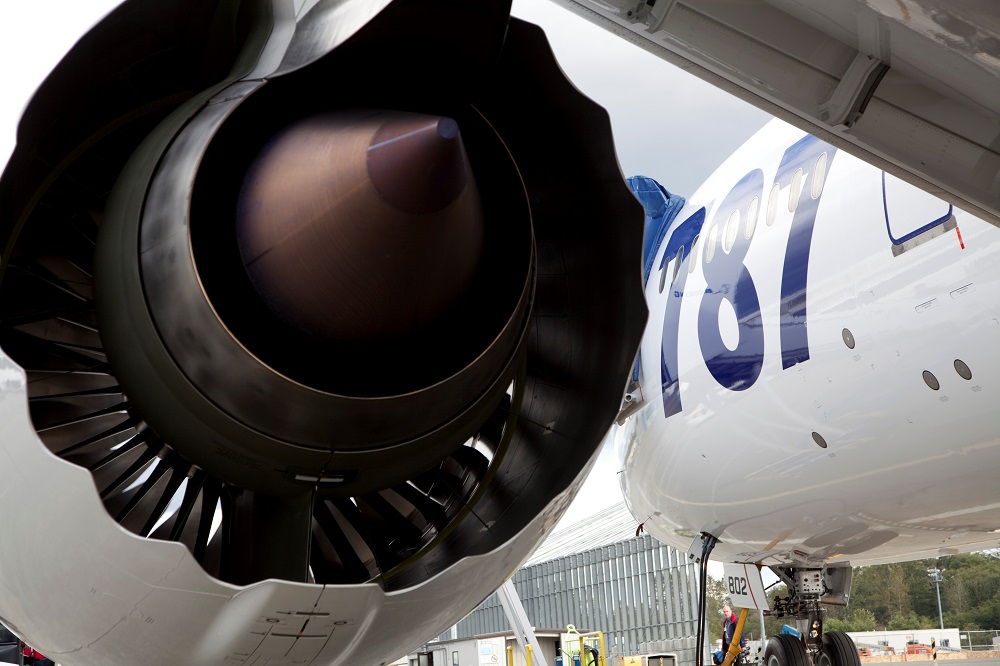


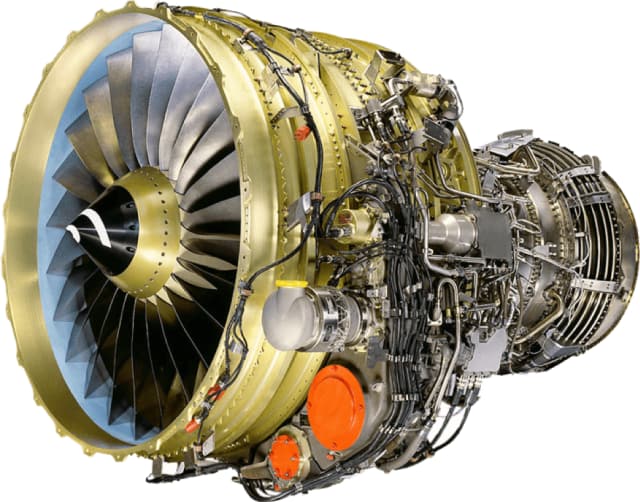




_(4337485798).jpg)


